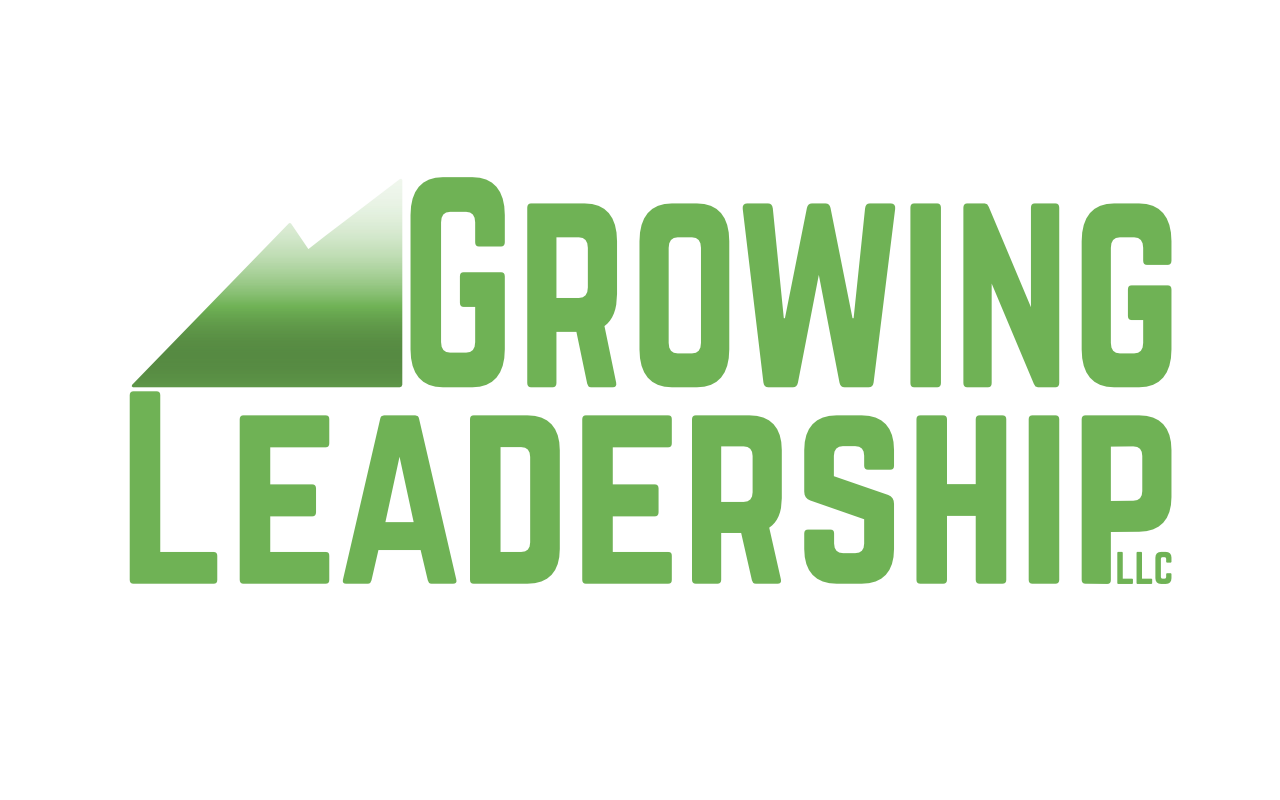You have assigned someone a task and are confident they are capable and know what to do. Then you get an office visit asking you to take back all or part of that same task. Of course, you want to help your staff and colleagues, and there are certainly circumstances why you might accept the request. At the same time, it is important to avoid the trap described in the classic Harvard Business Review article “Who’s Got the Monkey?”
Read MoreMost people are quick to agree that trust is a basic building block of leadership effectiveness, but how many leaders actually do what is necessary to achieve it? How many of us are fully honest with ourselves regarding how our actions create (or undermine) positive relationships with colleagues? Achieving trust requires ongoing self-reflection, including a deep understanding of how our actions and behavior impact others.
Read MoreEffective leaders “challenge the process” -- encouraging innovation, accepting and embracing change, encouraging risk taking, and rewarding new ideas. It is human nature to avoid/resist change, but change is necessary to become a better leader or, for that matter, a better person. So how do we get there? First, of course, is painting a picture of what you want the change to be . . .
Read More“It all starts with a commitment to purpose, worthwhile work and making a difference,” wrote Quint Suder in his book Hardwiring Excellence. Do the leaders on your team fully understand and embrace these key ideas in their day-to-day work? Are they so focused on short-term priorities that they don’t have time to inspire and motivate their employees to achieve a high level of performance? Read more in Dr. Teschner’s NH Business Review column: https://www.nhbr.com/January-18-2019/How-to-lead-with-purpose/.
Read MoreThis challenge of finding enough time for important leadership tasks is all too common in busy workplaces, but Stephen Covey reminds us in his classic The Seven Habits of Highly Effective People that we need to “put first things first.” The urgent/important matrix is a useful way to understand this dilemma. Leaders find themselves often in Quadrant I (urgent/important) and Quadrant III (urgent/not important), reactively responding to the needs of the moment. Quadrant II (not urgent/important) may be underutilized, even though it includes very important leadership activities.
Read MoreThe most effective leaders paint a compelling image of the future that is well communicated and embraced by their team. Quint Suder notes in Hardwiring Excellence that the most successful leaders, “connect results back to purpose, worthwhile work, and making a difference.” Inspiring a shared process is a key leadership competency cited by Jim Kouzes and Barry Posner in their book The Leadership Challenge. Sadly, however, this is not always achieved -- 78 percent of US employees are not convinced that their leaders have a clear direction for their business or organization.
Read MoreNearly all of the factors that lead to high staff retention and low turnover are directly related to a leader’s actions and behaviors. What steps could you take to motivate employees and reduce staff turnover? Please check out the latest Growing Leadership column in the New Hampshire Business Review: “Measuring Effective Leadership: You Can Start by Assessing Staff Retention and Turnover” https://www.nhbr.com/October-26-2018/Measuring-effective-leadership/
Read MoreExample is not the main thing in influencing others. It is the only thing. -- Albert Schweitzer. You expect great results from those you lead, but it has to start with you! In their book The Leadership Challenge, Jim Kouzes and Barry Posner highlight modeling the way as one of five key leadership practices. Modeling the way has many aspects including: leading by example, setting and affirming values. . . .
Read MoreManaging expectations is a key element for leadership and organizational success. A leader needs to know what s/he expects from staff and ensure that these expectations are proactively communicated and well understood by each person on the team. Expectations should be based on values and driven by the organization’s purpose and the leader’s vision.
Read MoreOne important mark of leadership excellence is creating and sustaining a positive work climate that reinforces a sense of belonging. A positive work climate enhances motivation, teamwork, collaboration, and employee problem solving. But what do leaders do to achieve this? There are many aspects, but I will focus on three. First is the leader’s energy level: positive energy is contagious and motivating for others, while negative energy can have the opposite effect.
Read More
